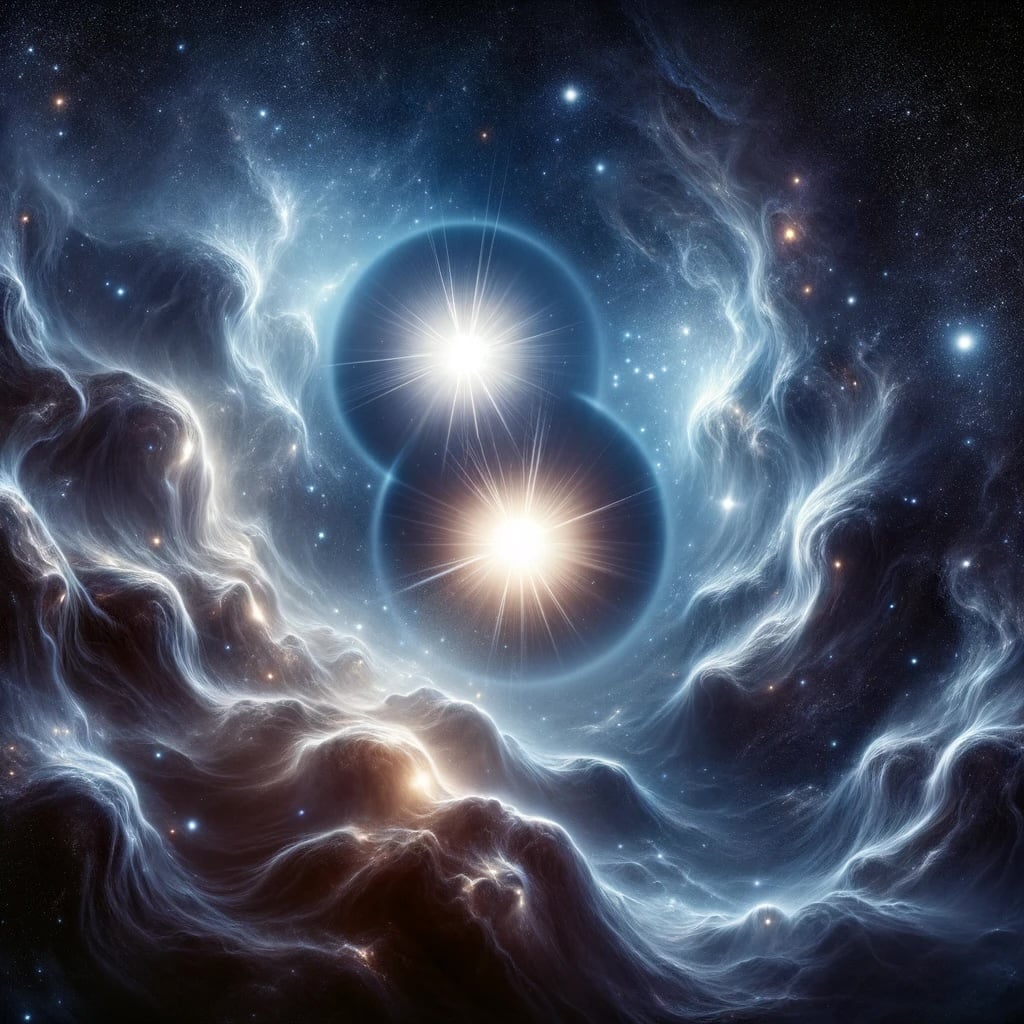
Astronomers have found evidence of geothermal activity across the Solar System, from planets like Mars, icy moons like Europa and Enceladus, and even dwarf planets like Pluto. They've used JWST to find evidence of geothermal activity in Kupiter Belt Objects Eris and Makemake. It was thought that these tiny worlds were long dead and cold, but they found evidence of elements on the surface that indicate geothermal activity, like geysers or cryovolcanoes.
Continue reading

ESA's Euclid mission was launched in July 2023 and has already sent home test images showing that its instruments are ready to go. Now, the space telescope begins mapping huge swaths of the sky, focusing on an area for 70 minutes at a time. Throughout its 6-year mission, it will complete 40,000 of these "pointings", eventually observing 1.5 billion galaxies in the sky. Astronomers will use this map to measure how dark matter and dark energy have changed over time.
Continue reading

Astronomers have used two X-ray telescopes to study a neutron star and have discovered a link between it and mysterious fast radio bursts (FRBs). In October 2022, NASA's NICER and NuSTAR missions watched a type of neutron star called a magnetar for hours and detected the release of energy from its surface as it glitched, suddenly spinning faster. At the same time, radio telescopes detected an FRB from the star. These two events are connected.
Continue reading

We're light-years away from the closest stars, but in the billions of years of history in the Milky Way, our Sun has come much closer to other stars. For example, a star passes within 0.8 light-years every millions years and 0.16 light-years every 20 million years. These close passes have had a collective effect on the planets, shifting their orbits and helping to explain some of the eccentricities of the planets. Some of these might even have affected Earth's climate.
Continue reading

Astronomers still aren't entirely sure what causes fast radio bursts, which can briefly release a galaxy's worth of energy. However, they might have figured out how to use them to measure distances in the Universe. In a new paper, astronomers propose that fast radio bursts could be detected as they're magnified by stellar microlenses. With about 30 microlensing events, they should be able to measure cosmic distances precisely.
Continue reading

The Event Horizon Telescope has given us amazing views of the supermassive black holes at the hearts of M87 and the Milky Way. A new image from the EHT shows another black hole at the core of the radio galaxy 3C 84. Unlike the previous targets, 3C is one of the most active supermassive black holes in our vicinity, blasting enormous jets out into the cosmos. A series of images show the power of the EHT, resolving the region around the black hole where the jets form.
Continue reading

Although it was bound for Jupiter, NASA's Galileo spacecraft made flybys of Earth in 1990 and 1992 to get boosts in its velocity. Astronomers realized this would be an ideal opportunity to test if remote imaging of Earth would detect the presence of life. In a new paper, researchers examined over 1500 photometric measurements of Earth from Galileo, judging how well it could stand in for an inhabited exoplanet.
Continue reading

Comet 12P Pons-Brooks takes center stage this Spring.
Continue reading


















































